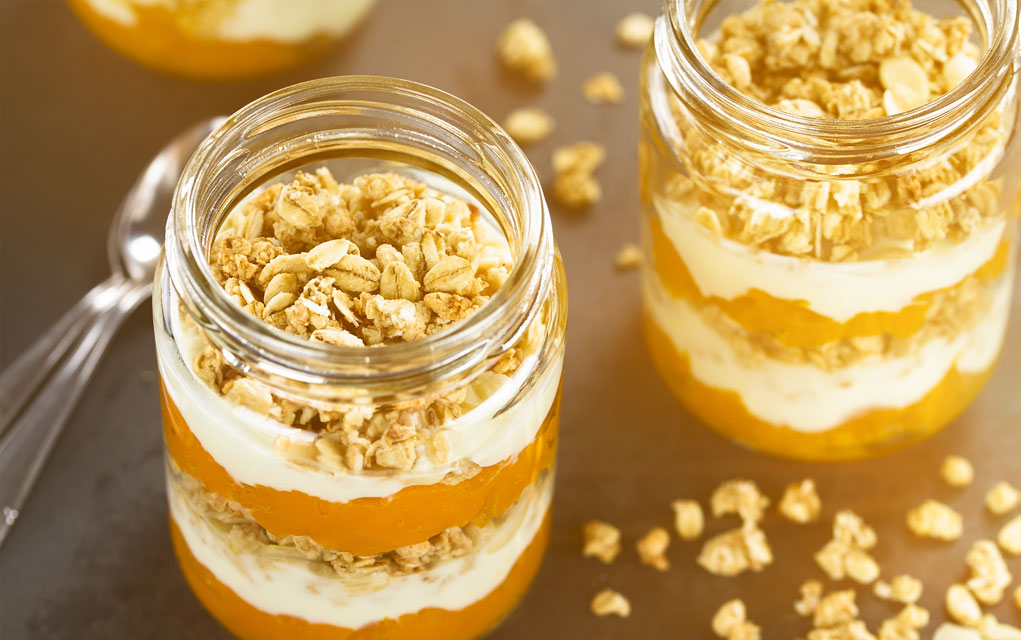The journey to good health and fitness is never fast or easy. It takes consistency, knowledge and an understanding of your body to get there. While there’s never an exact formula for improving your health or losing fat, there are several seemingly harmless things that affect or even derail our progress without us realizing it. Unfortunately, one of them is food that’s supposed to help us eat better.
Food marketed or labeled as “Healthy”
Granola, yogurt, boxed coconut water, even protein bars. Who would think these could keep us from getting fit and healthy? If you’re not well versed in reading food labels, it’s so easy to fall into the trap of health food mislabeling.
One thing to carefully watch out for is the added sugar in many pre-packaged healthy food items. The amount of sugar per serving is what I would always check regardless of whether the label says. All-natural, organic, vegan or gluten-free are all the hype these days. But a food item can be all these and still be unhealthy.
4g = 1 tsp of sugar
So, if 1/2 cup (which is just about a handful) of granola with 12g of sugar is all you are having for breakfast, it doesn’t matter how much fiber the box says is in there. The 3 teaspoons of sugar (without the milk!) is definitely not how you should be starting your day.
You’ll also find cereals on market shelves formulated for losing weight. Now, if you look at how much sugar there is and find that it is on the safe side of about 4g or less per serving, then look at how small the serving size is. As mentioned above, it’s typically about half to a quarter cup. The next problem becomes how little you end up eating and if that actually satisfies you. Eating too little gives you this feeling of deprivation, ultimately associating eating healthy with a negative experience.
Many protein bars are also laden with sugar, sometimes even carrying more of the sweet stuff than the actual protein.
Coconut water, which is supposed to be a natural way to hydrate, is now widely available in cartons often including preservatives and again, sugar to make it taste better and appeal to a bigger market.
Anything low fat has to be made palatable too so consumers continue to buy it, and the easiest, cheapest way for food manufacturers to make anything taste good? You guessed it. Added sugar.
So, what else is there to eat if even the “healthy” food items aren’t good for us? It’s best to stick to food in forms closest to their natural state. Try overnight oats with unsweetened nut milk or coconut milk rather than boxed cereals or granola. Choose whole fruit versus dried, fresh coconut water in a shell over a carton. And if you do find yourself wandering the supermarket aisle, be vigilant in reading food labels. There are definitely still a few good ones out there. It’s just a matter of making informed decisions.







.png)

